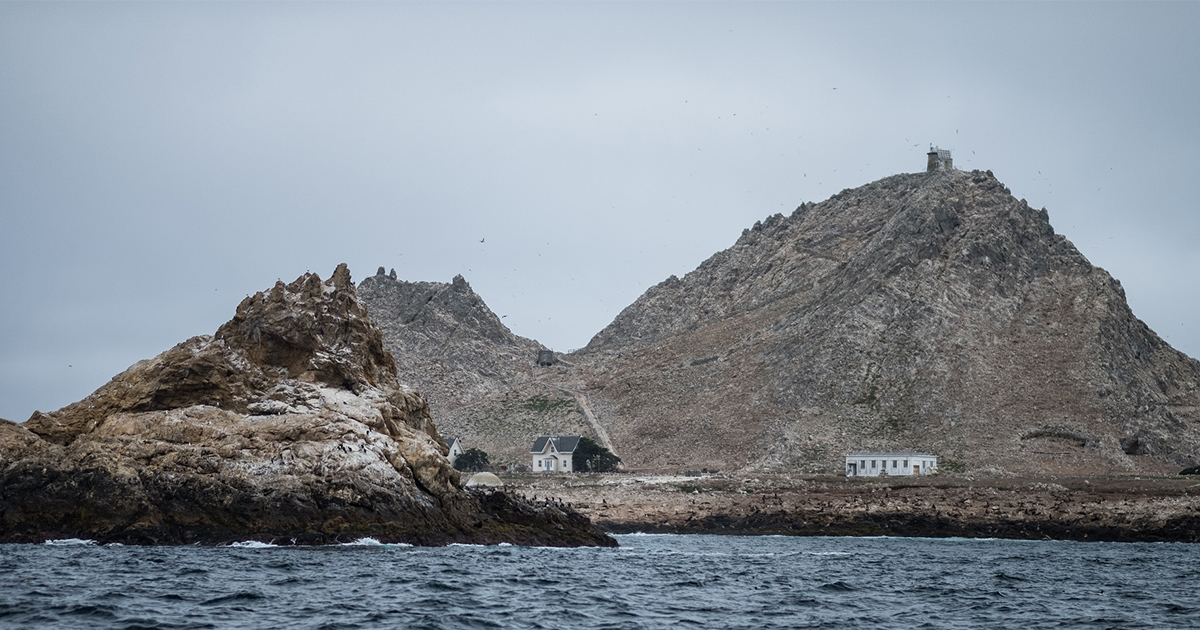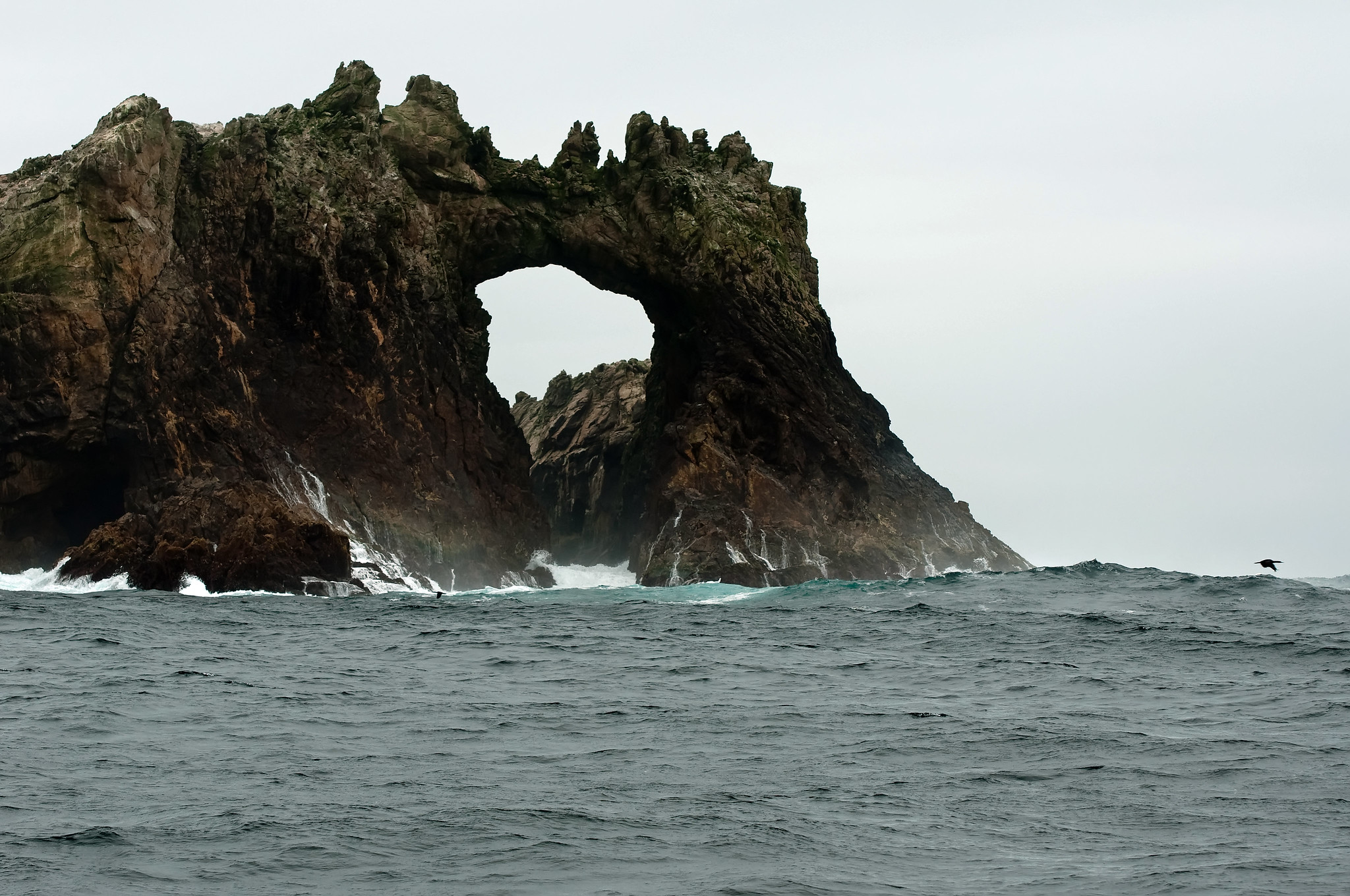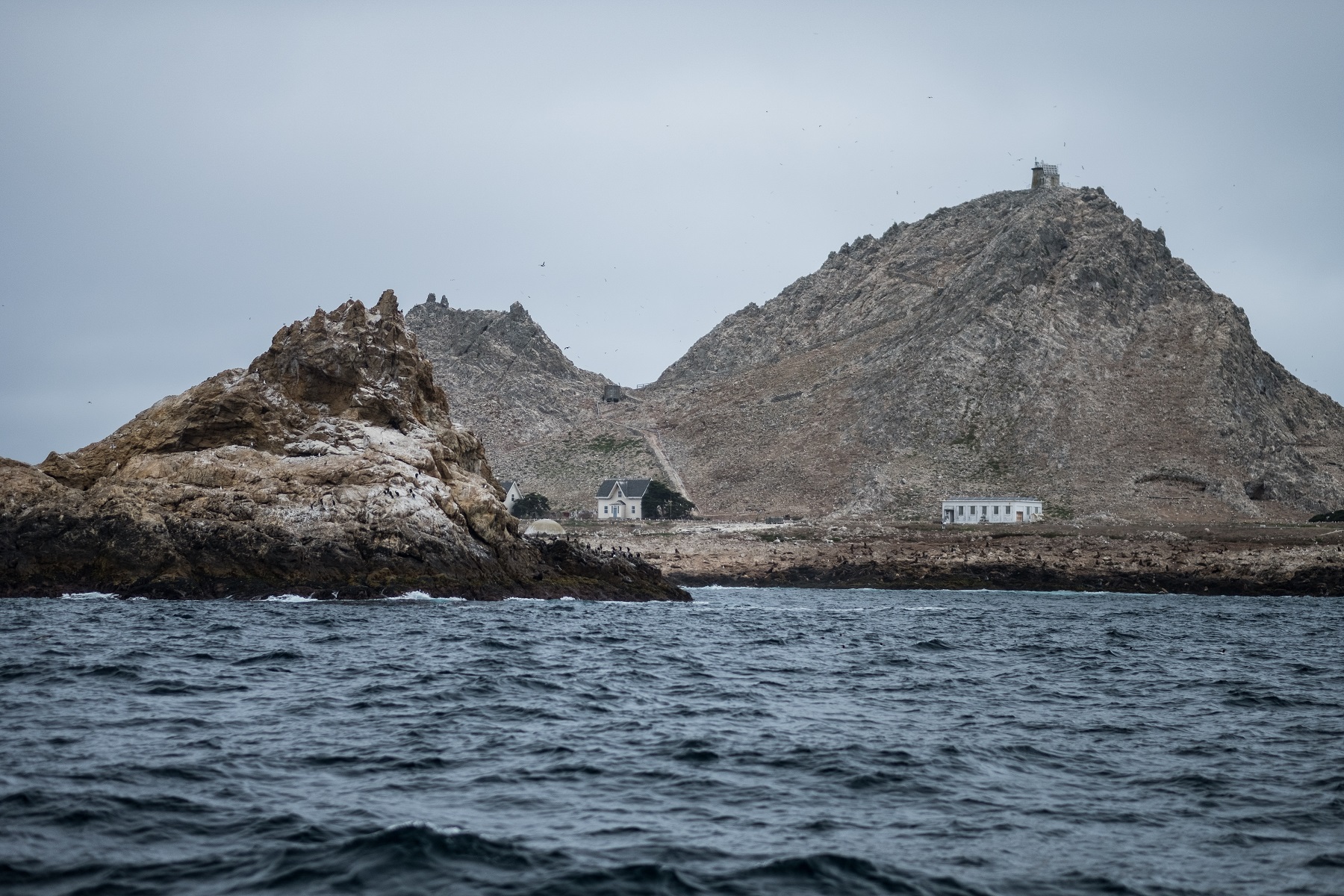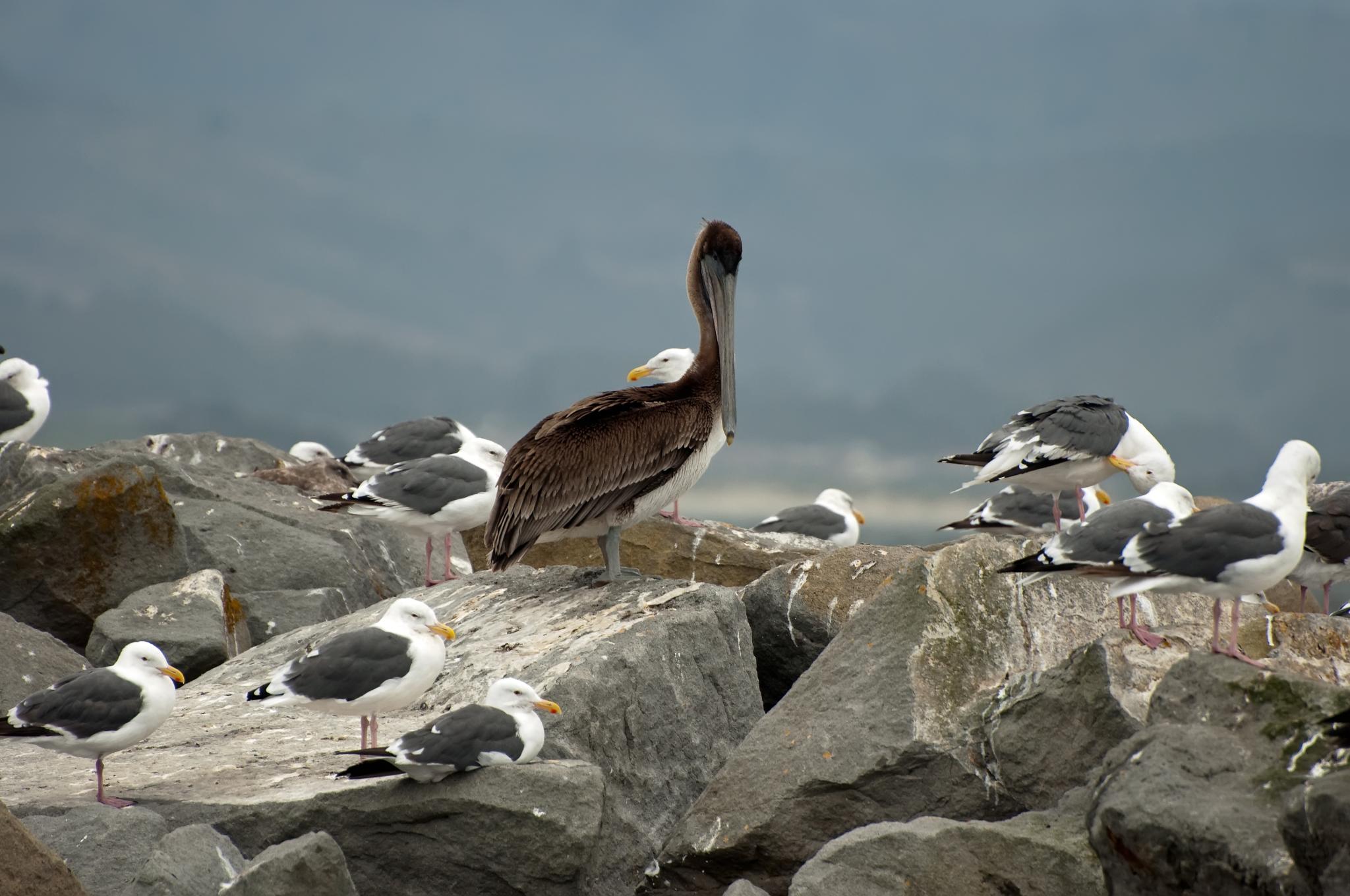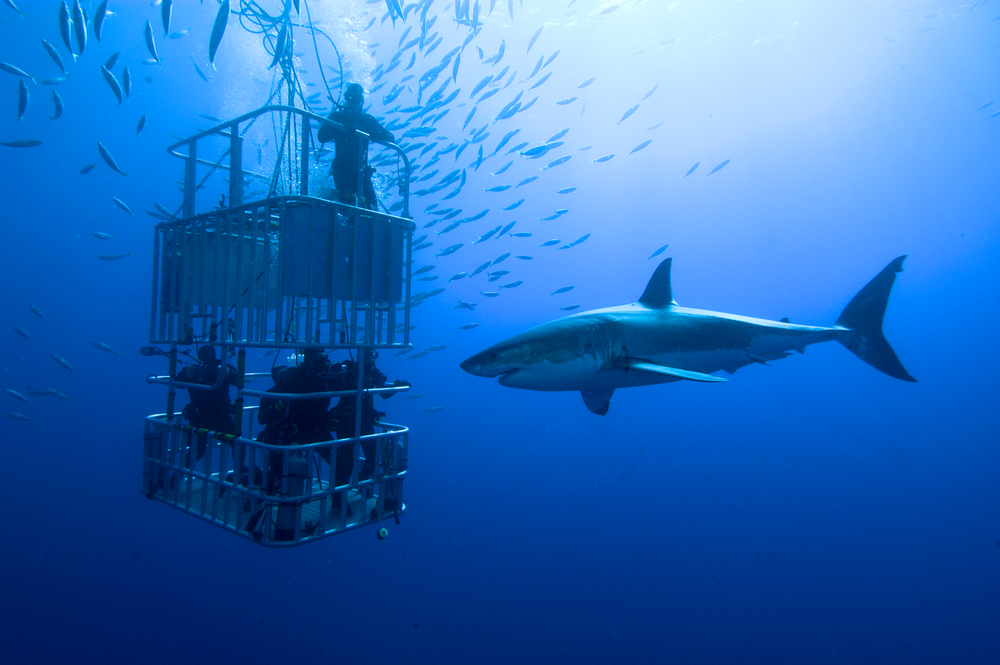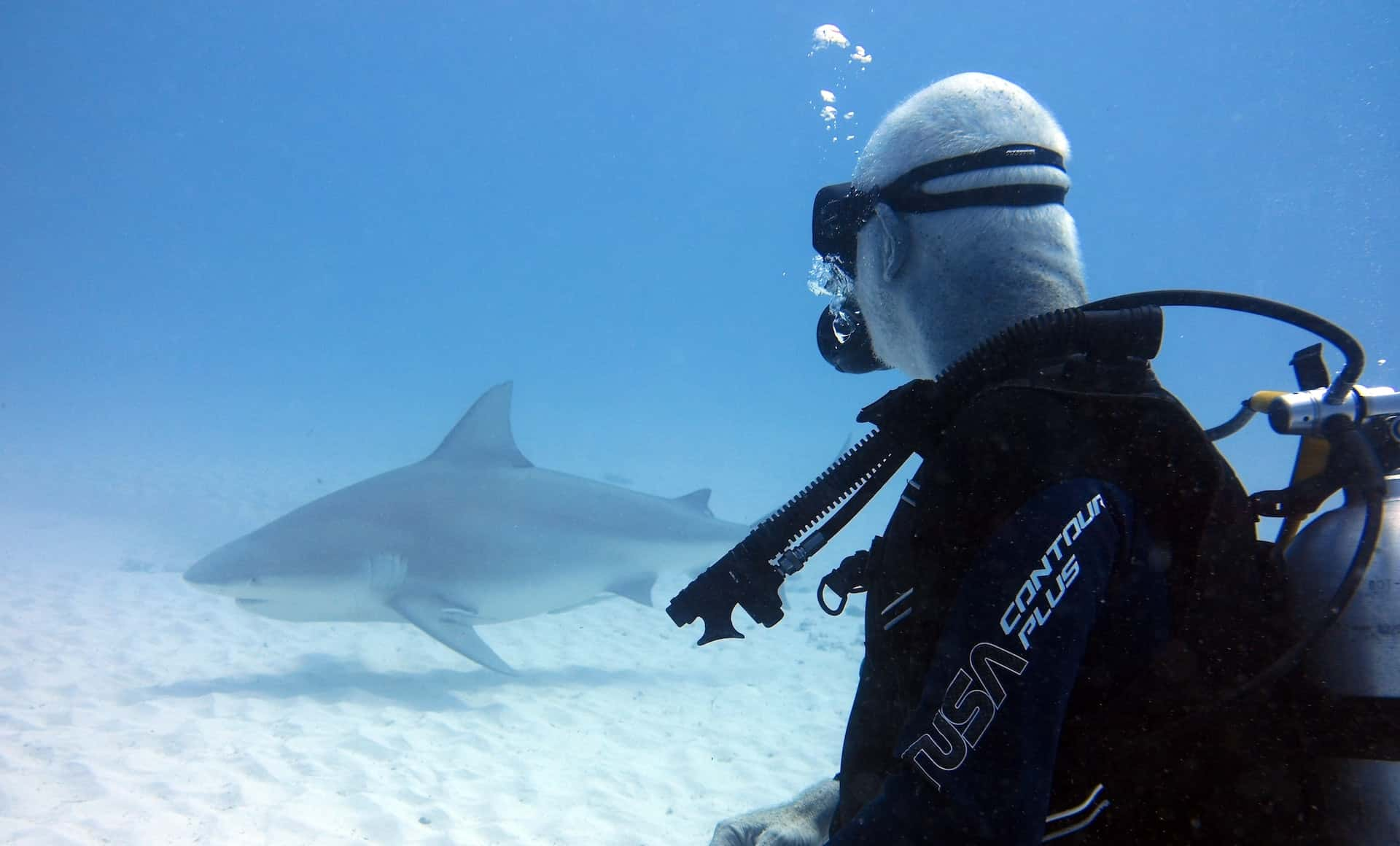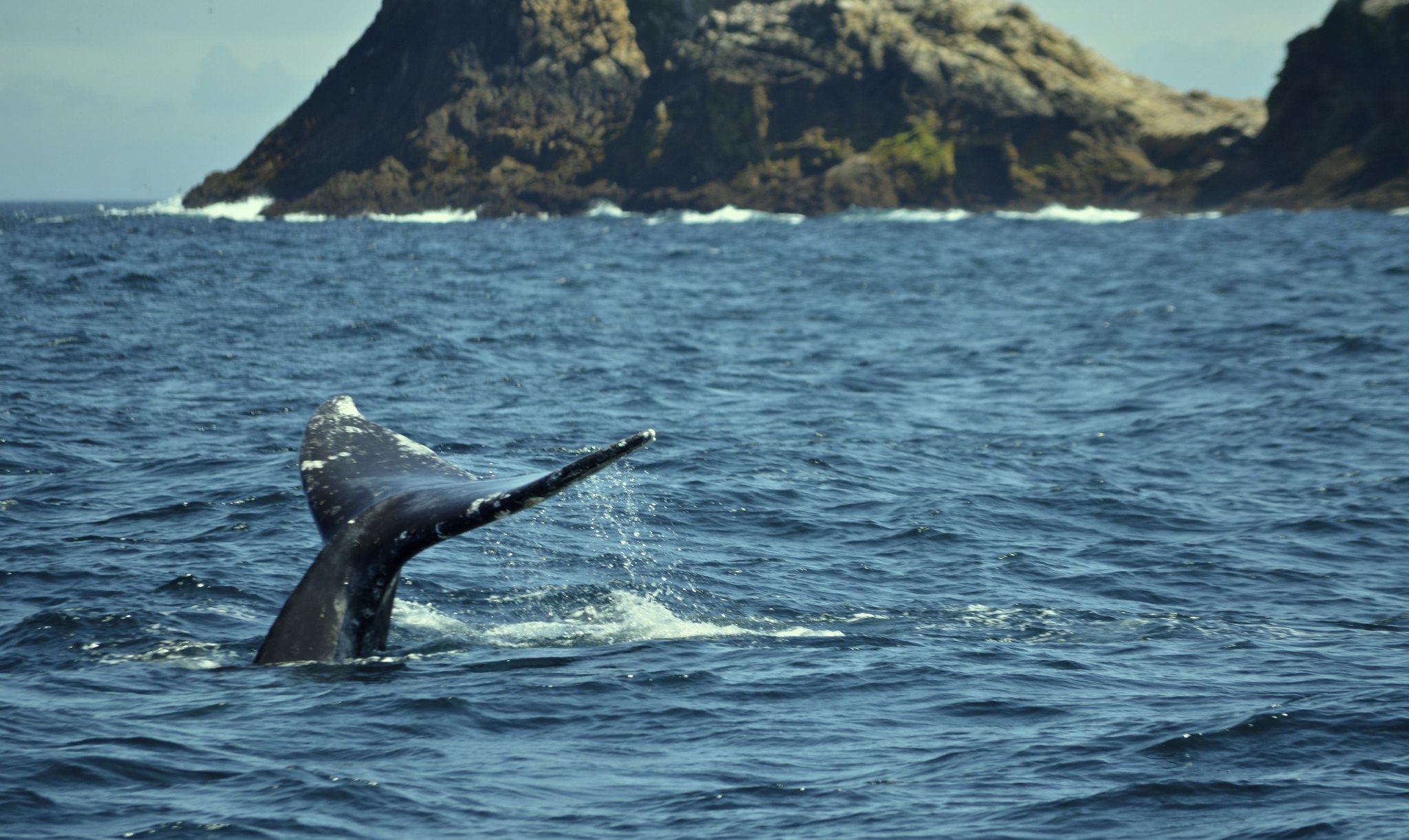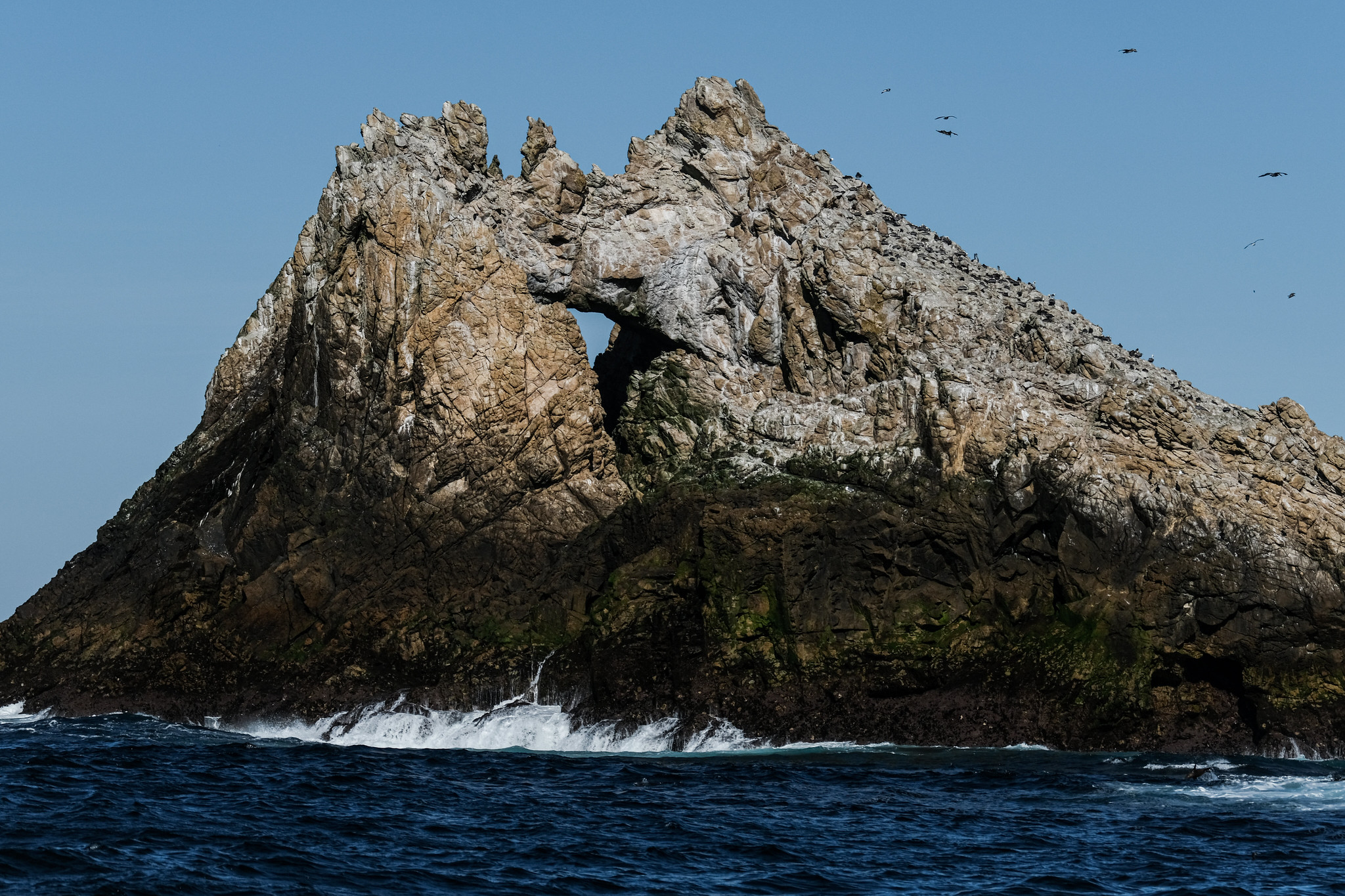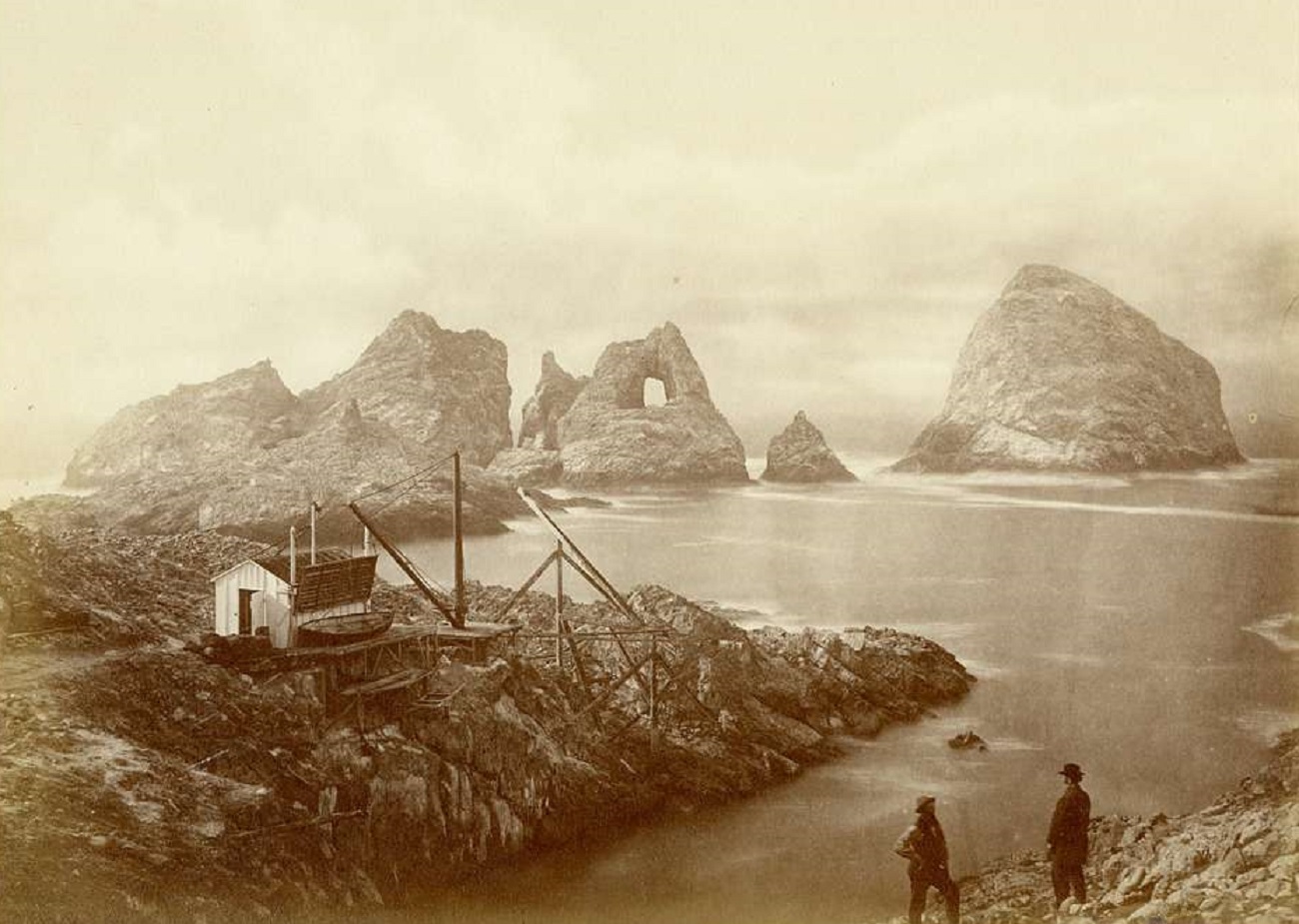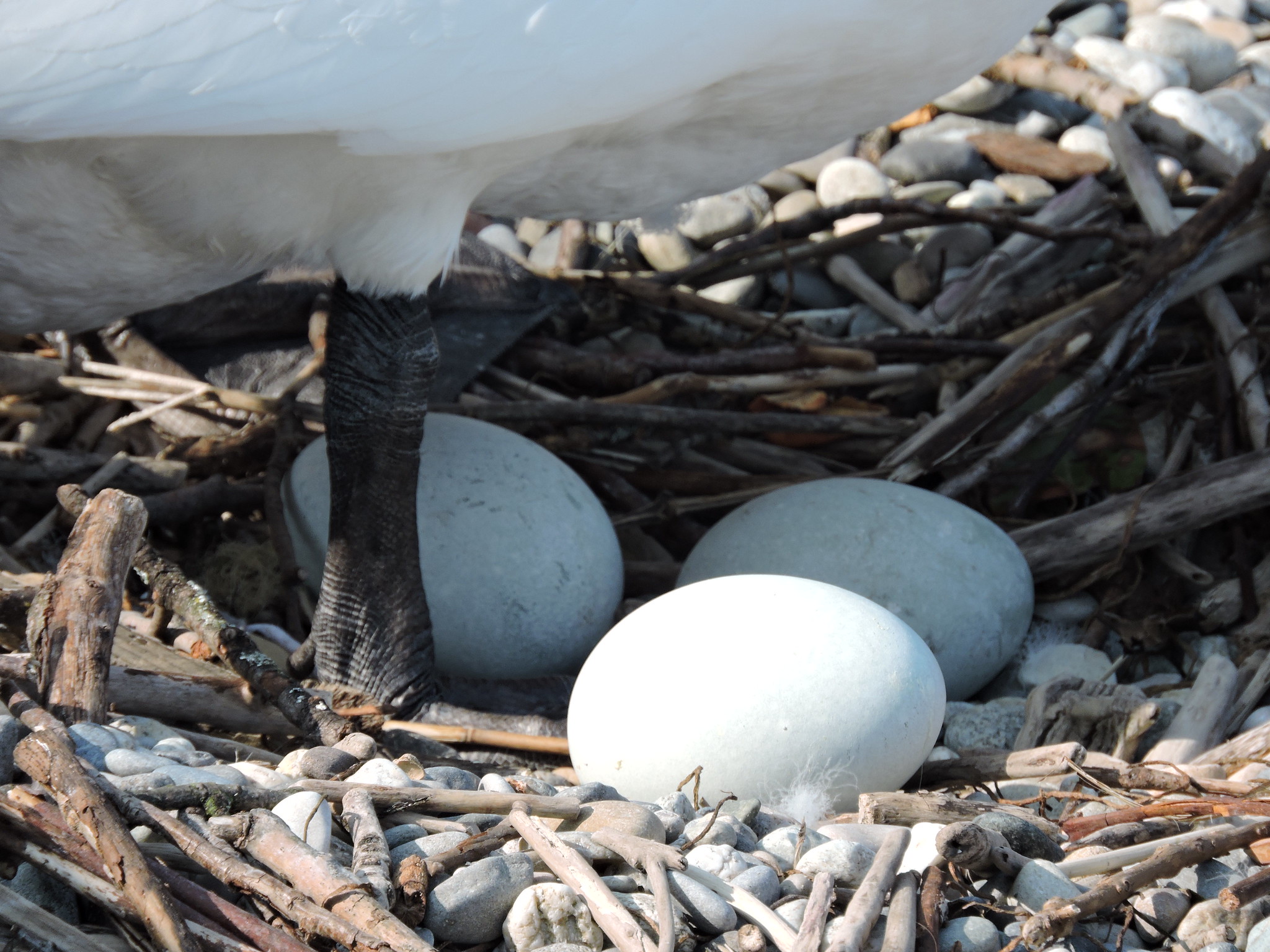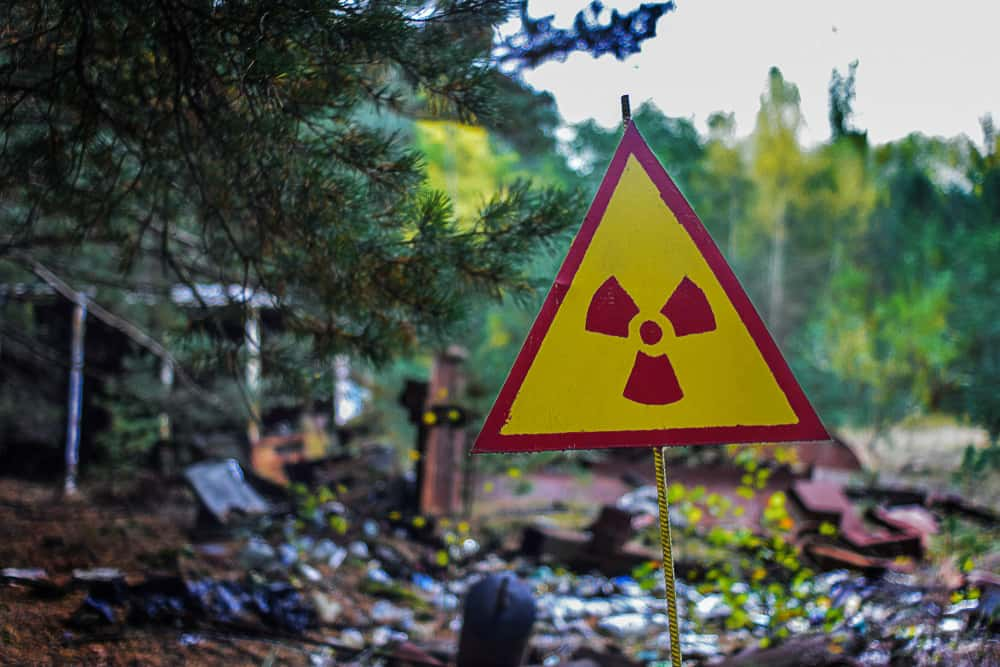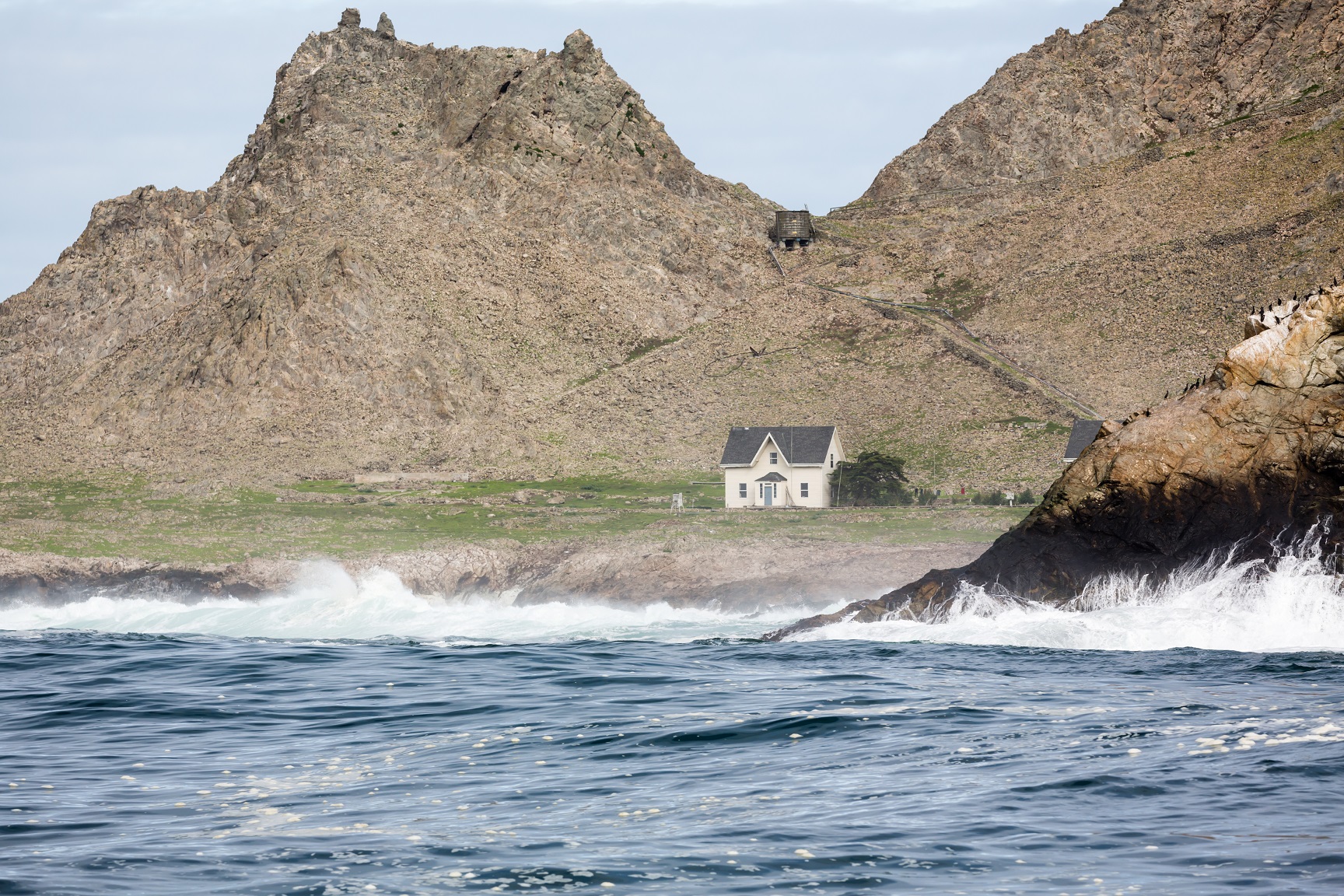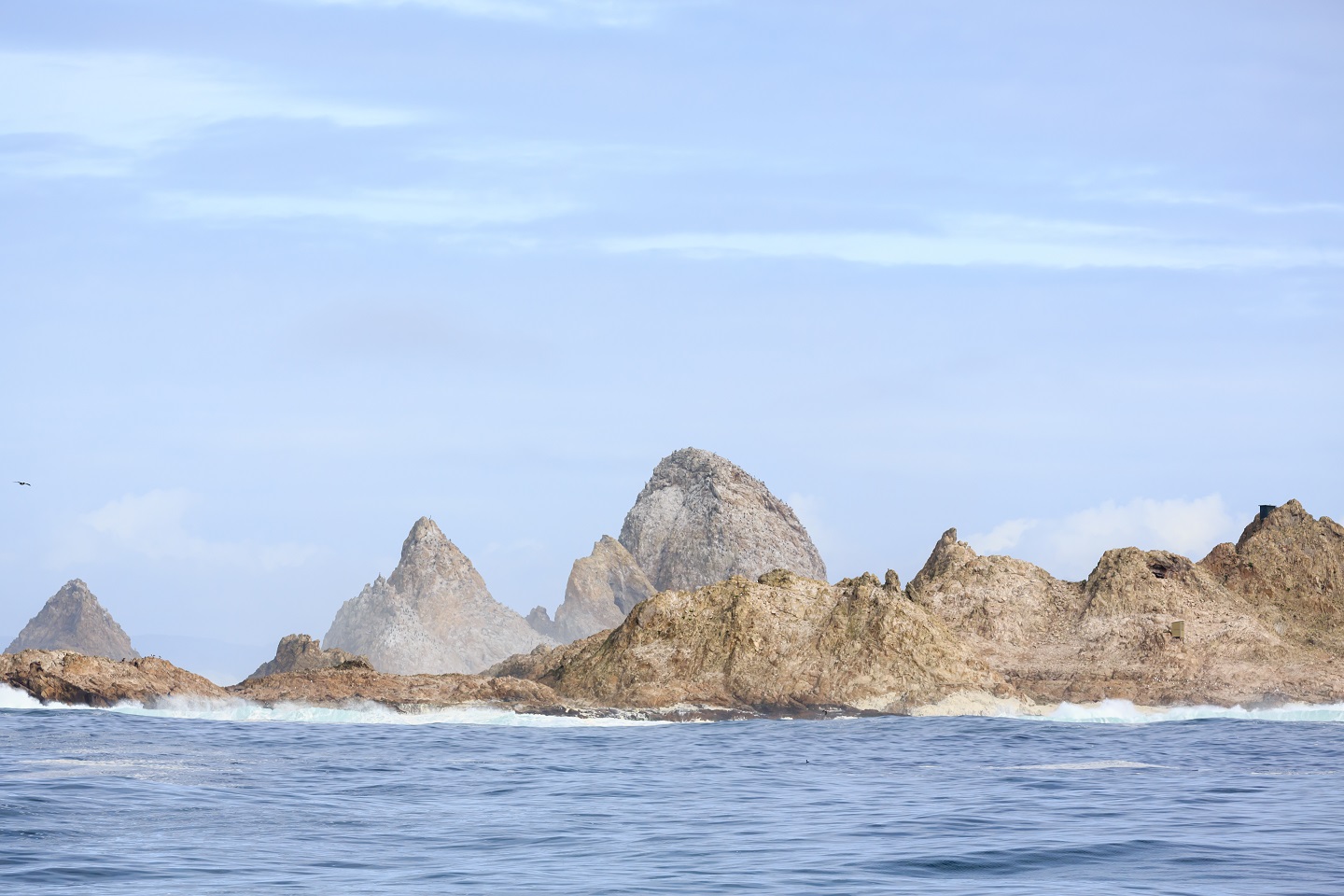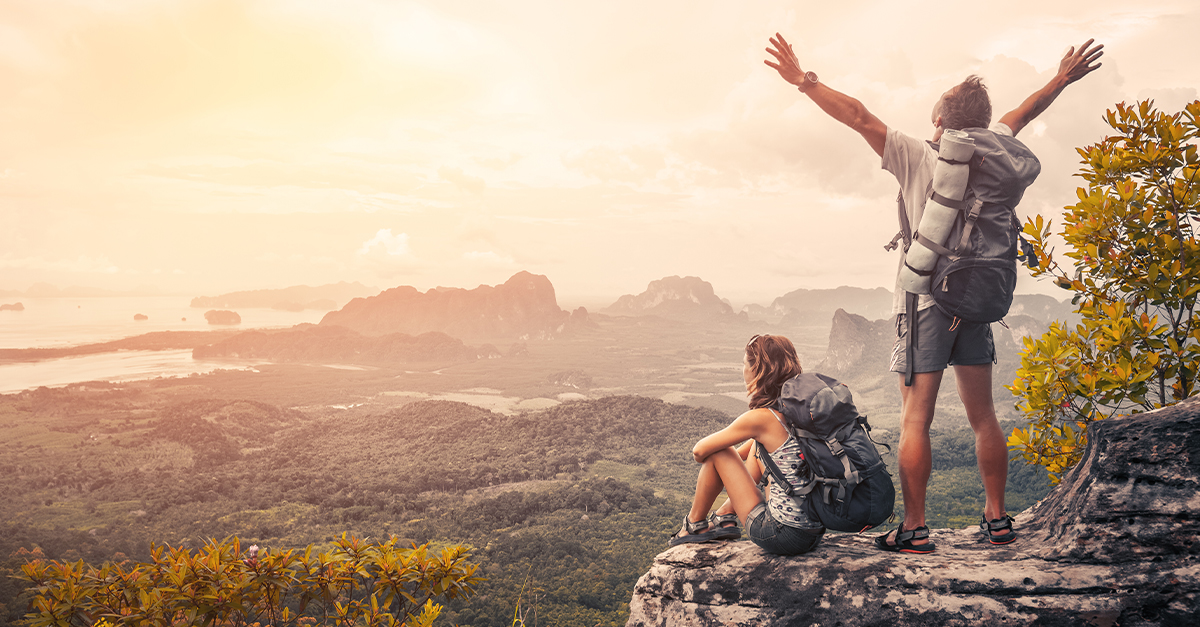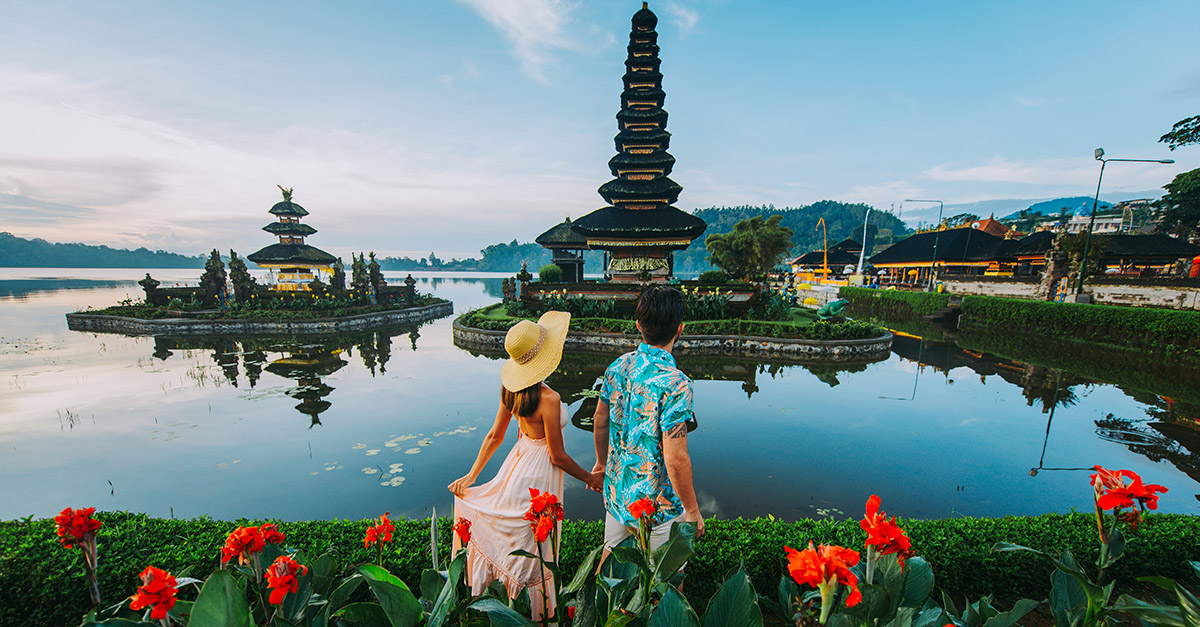Welcome To The Devil's Teeth
It’s not often that one gets a glimpse of the deadliest islands in North America. Located just off the coast of San Francisco, the Farallon Islands are usually hidden by a thick curtain of fog, but on clear days they appear as a hazy silhouette in the distance.
Only a few brave researchers live on the islands, which are now a wildlife refuge. The Farallon Islands are off limits to the public—and not just to protect the animals.
There’s a reason they call these islands the Devil’s Teeth.
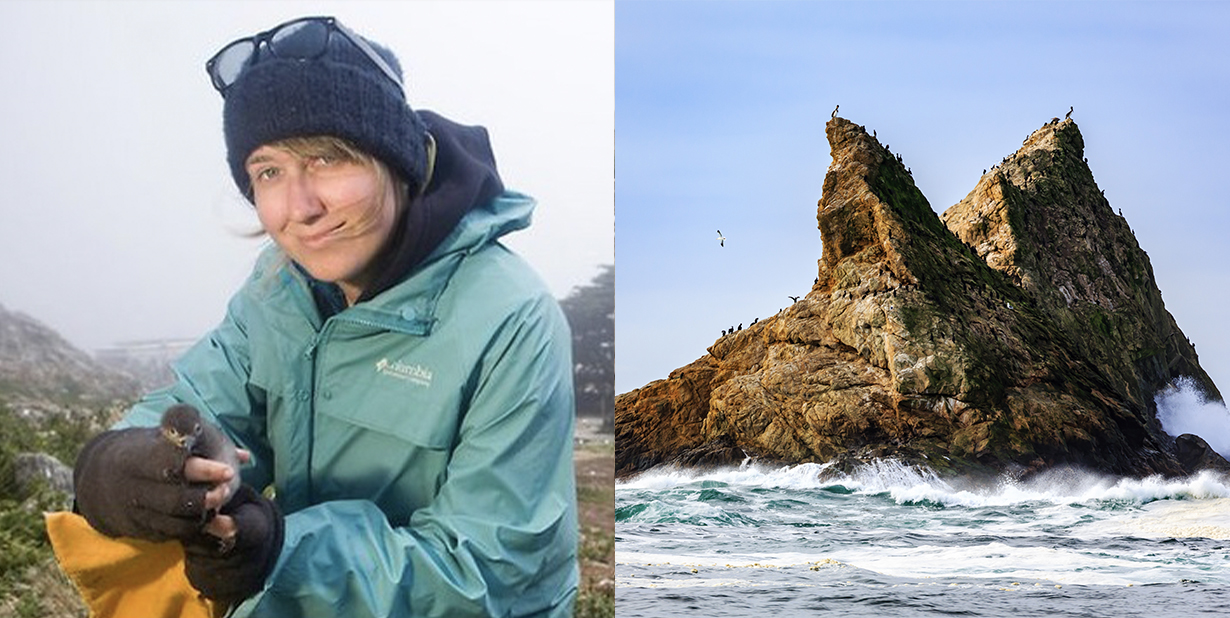
Where Are The Islands?
The Farallon Islands are a group of 20 islets in the Gulf of the Farallones. They are about 30 miles from San Francisco’s Golden Gate Bridge and 20 miles from Point Reyes, a popular tourist destination.
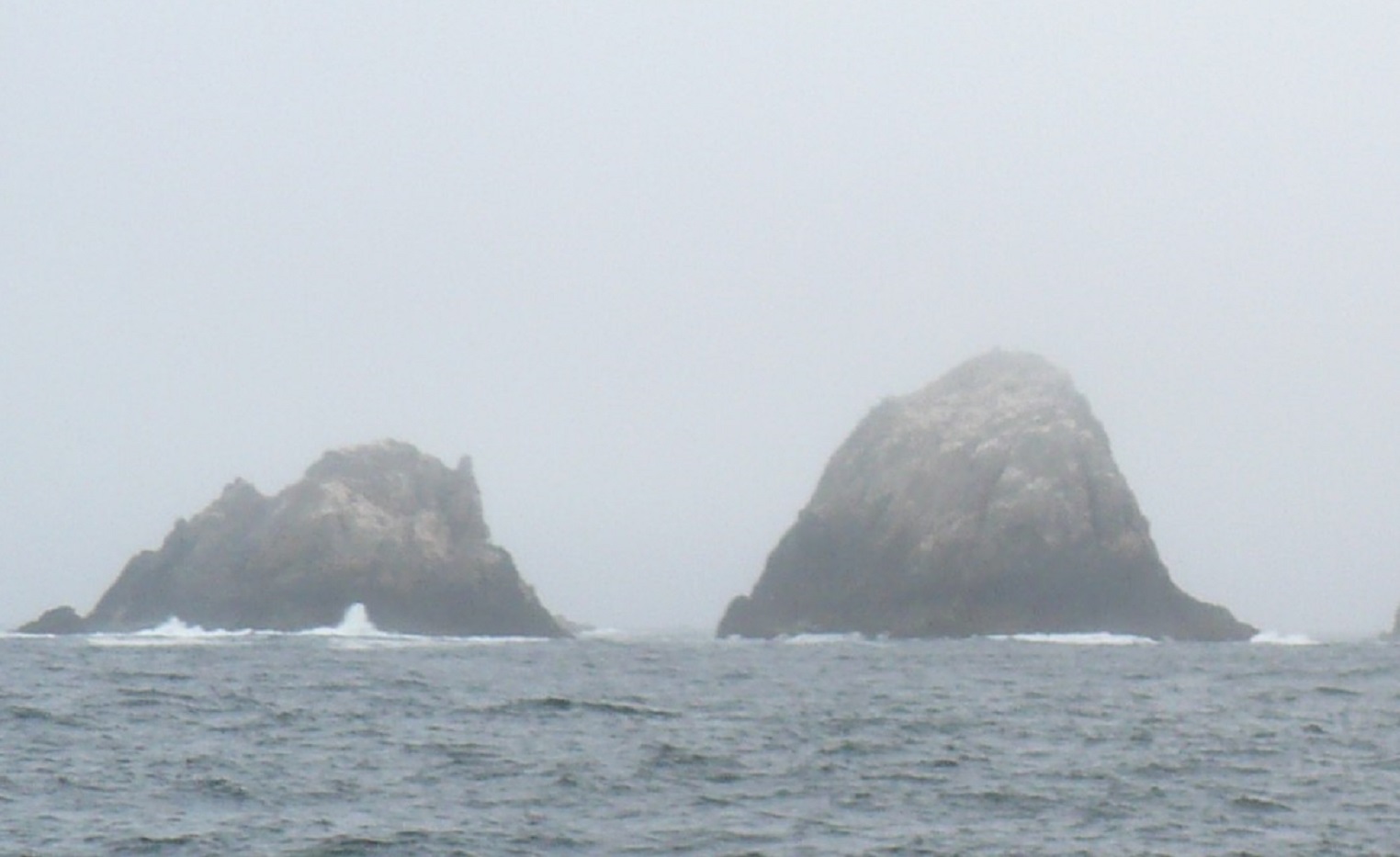 Raquel Baranow, CC BY-SA 4.0, Wikimedia Commons
Raquel Baranow, CC BY-SA 4.0, Wikimedia Commons
A Place To Avoid
Before they were called the Farallon Islands, Native Americans called them the “Islands of the Dead”. They believed the islands were haunted and avoided going there.
In more recent times, the Farallon Islands have been called the “Devil’s Teeth Islands” because of all the dangerous, sharp shoals beneath the water.
The Main Island
Southeast Farallon Island is the largest island, spanning an area of more than 95 acres. The island is shaped like a pyramid and rises 357 feet above sea level.
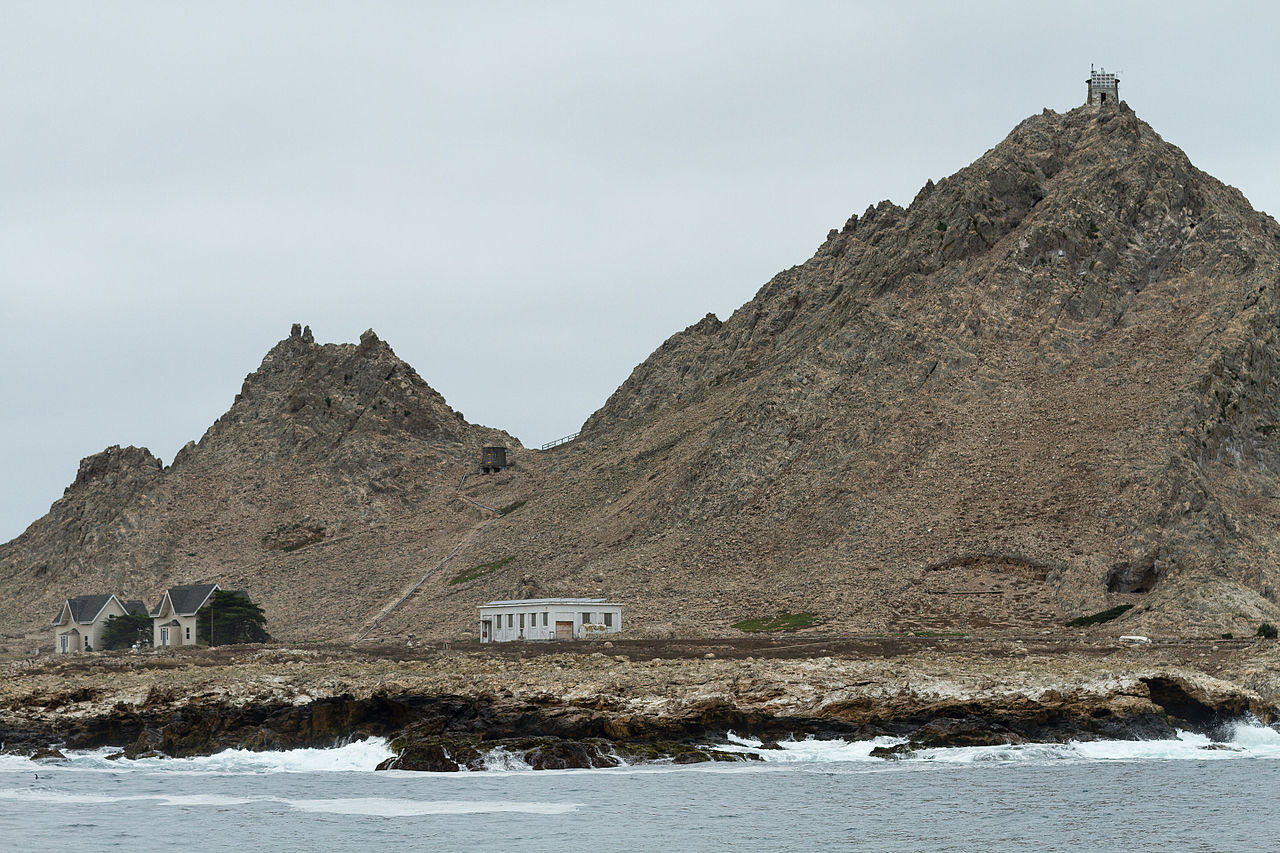 Frank Schulenburg, CC BY-SA 4.0, Wikimedia Commons
Frank Schulenburg, CC BY-SA 4.0, Wikimedia Commons
The First Man On The Isles
Sir Francis Drake was the first European to step foot on the islands and record his visit. In July 1579, Drake’s crew went ashore on the islands to hunt seals and collect bird eggs to eat.
Drake named the archipelago the Islands of St. James, but only one of the islets carries that name now.
 John Cassell, Wikimedia Commons
John Cassell, Wikimedia Commons
Their Name
The islands received their official name in 1603. Friar Antonia de la Ascencion saw the islands during his expedition and described them in his diary as “seven farallones close together”.
“Farallones” means “cliff” in Spanish.
The Birds
The Farallon Islands are home to more than 400 species of birds, including half of the global population of ashy storm-petrels. The islands also host the largest colony of western gulls in the world.
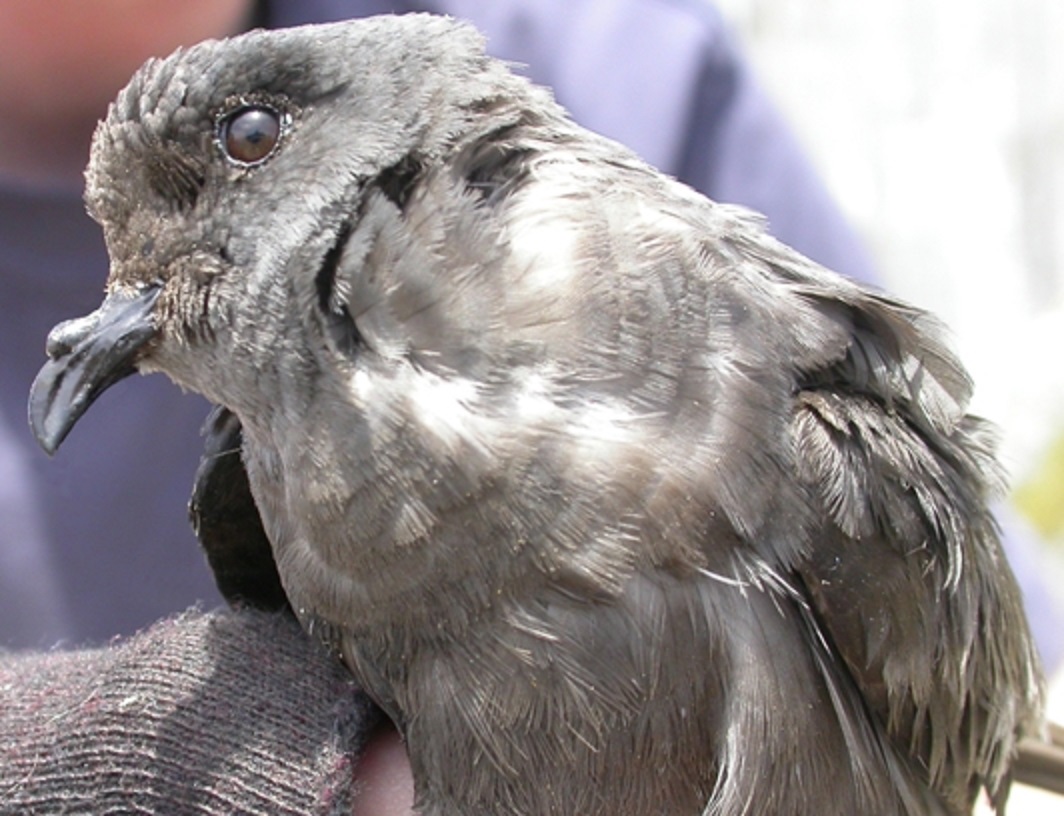 Duncan Wright, CC BY-SA 3.0, Wikimedia Commons
Duncan Wright, CC BY-SA 3.0, Wikimedia Commons
The Sounds Of Nature
With so many birds on the islands, the noise can become unbearable, especially during the mating season from May to July. Even in the winter, when there are less birds, the researchers have to wear earplugs to get to sleep.
The Seals
Five different species of seals call the islands home. The northern elephant seals were almost hunted to extinction during the 19th century fur trade, but they started repopulating the islands in 1959.
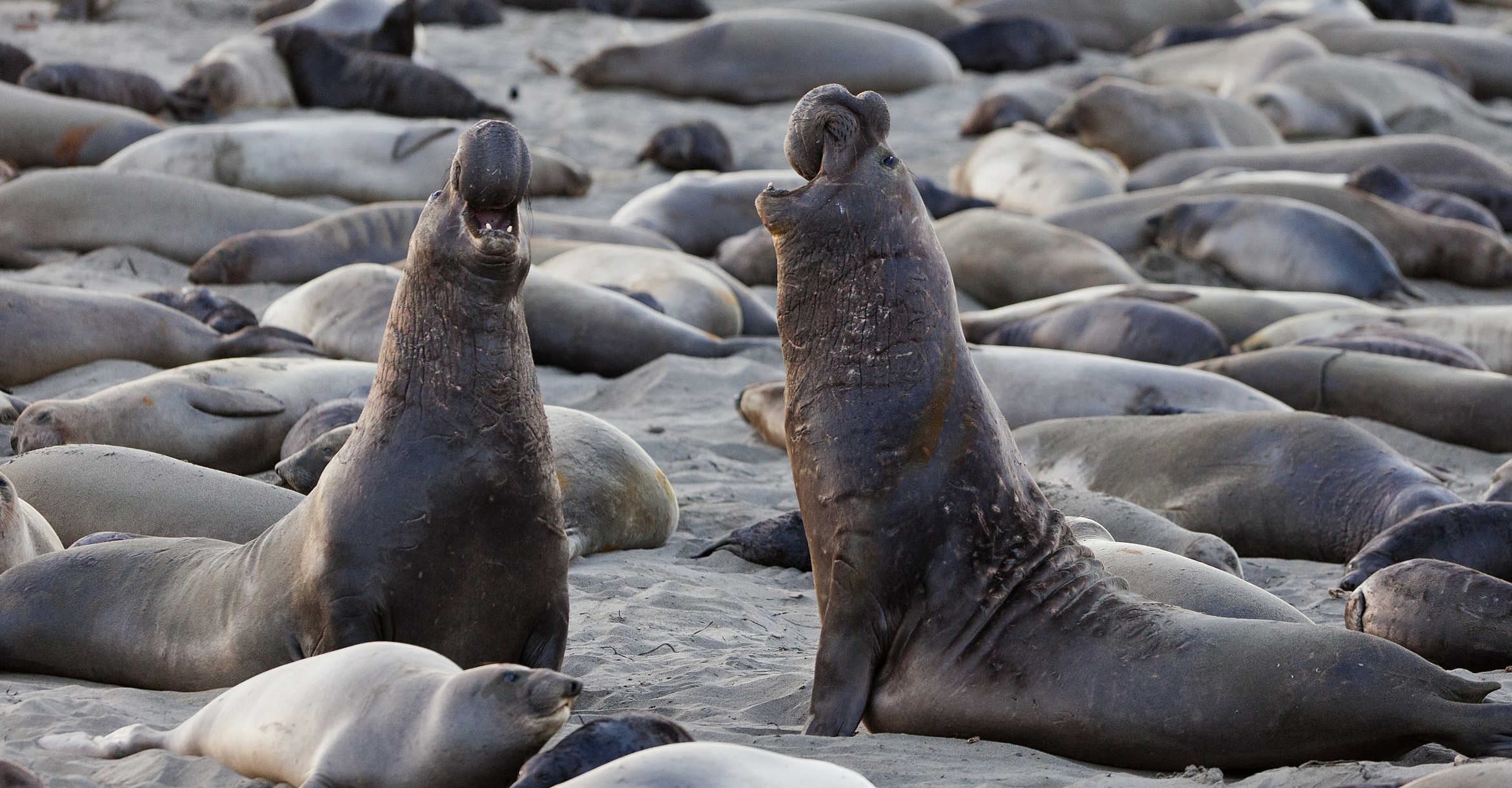 Mike Baird, CC BY 2.0, Wikimedia Commons
Mike Baird, CC BY 2.0, Wikimedia Commons
Deadly Waters
The waters around the Farallon Islands are notoriously dangerous. Fast currents can easily sweep boats into the rocks, and there are craggy sholes beneath the waves that cause just as much damage.
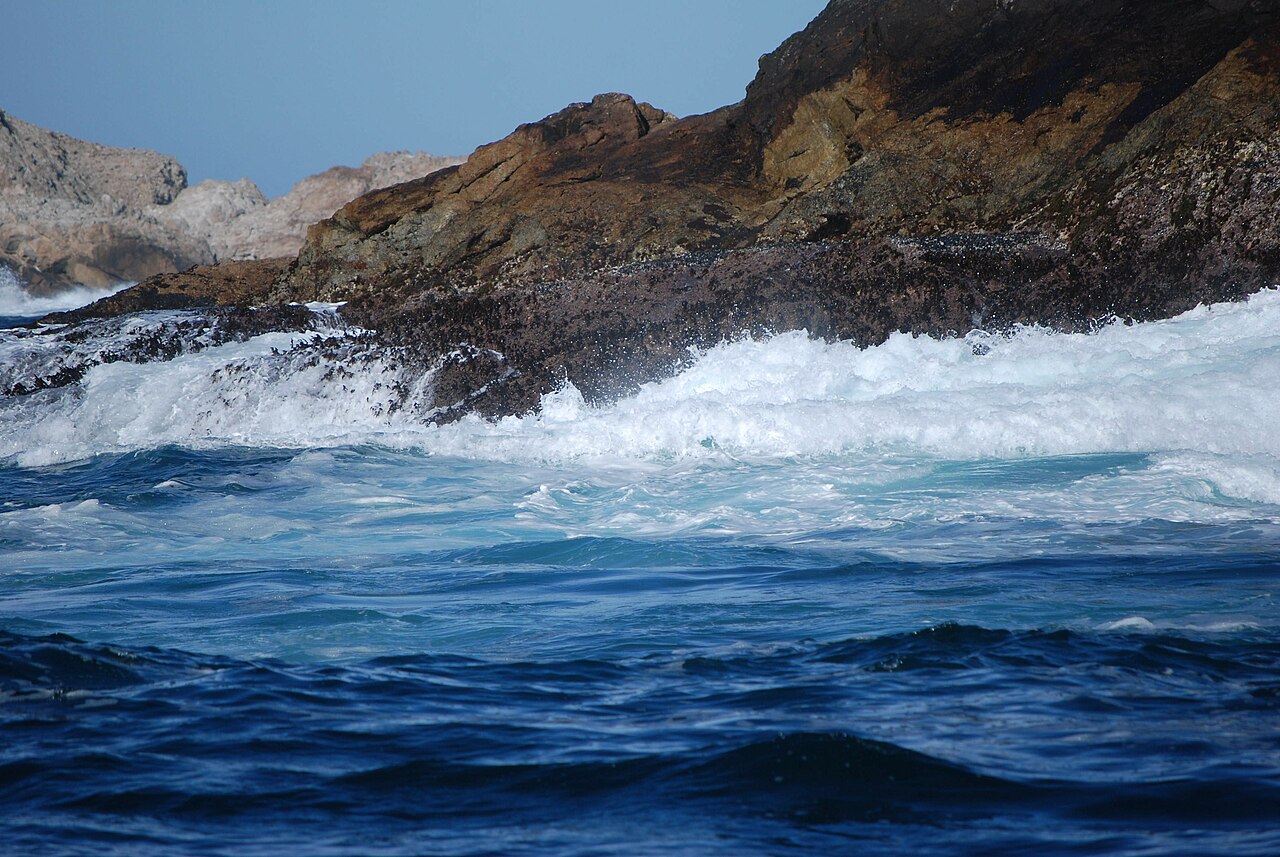 Gm8266, CC BY-SA 3.0, Wikimedia Commons
Gm8266, CC BY-SA 3.0, Wikimedia Commons
Shark Season
Great white sharks are another danger near the Farallon Islands. September is especially busy, as they circle the islets, hunting baby seals and sea lions. If you’re feeling brave, you can go cage diving with them.
Size Matters
The great white sharks near the Farallon Islands are unique because they are some of the world’s largest great whites. The average length of a fully grown shark is 13 to 16 feet, with females being bigger than males.
The female sharks in the Farrallones typically grow nearly 20 feet long.
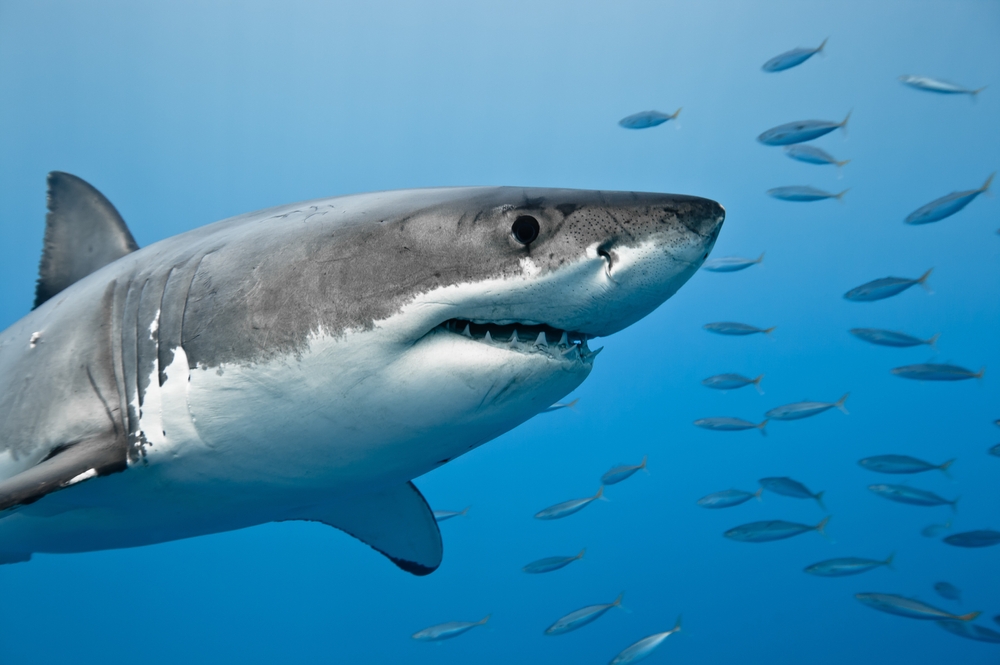 rameesha thisarindu, Shutterstock
rameesha thisarindu, Shutterstock
Shark Names
Since many of the sharks return every year, the researchers can sometimes identify individual sharks. They’ve been known to give the animals names based on their scars and overall appearance.
The Hunchback, The Jester, Gouge, and Stumpy are just a few of the named sharks.
The Whales
Whales are also attracted to the marine life and opportunities for food near the Farallon Islands. Blue, gray, and humpback whales are the most common species that can be found in the summer and fall. Orca whales have also been spotted around the islands.
What's That Smell?
The Farallon Islands are infamously stinky. All of the bird and animal poop emanates from the islands and can be smelled by ships half a mile away.
Did People Ever Live There?
The first recorded cases of people traversing and living on the Farallon Islands begin in the early 1800s. The maritime fur trade was booming at this time and seal hunters flocked to exploit the resources of the island.
The Fur Trade
Hunters from New England were the first to pillage the Farallon Islands, but Russian hunters were the first to actually live there.
From 1812 to 1840, they operated a sealing station in the isles. Each year, they caught anywhere from 1,200 to 1,500 seals.
Trouble For The Seals
The seal population began to noticeably decline in 1818. Eventually, they were completely eradicated from the Farallon Islands.
The seals didn’t return to the islands unto the 1970s, with the first newborn pup discovered in1996. Since then, their population has grown, and more than 2,000 seals are born on the Farallon Islands each year.
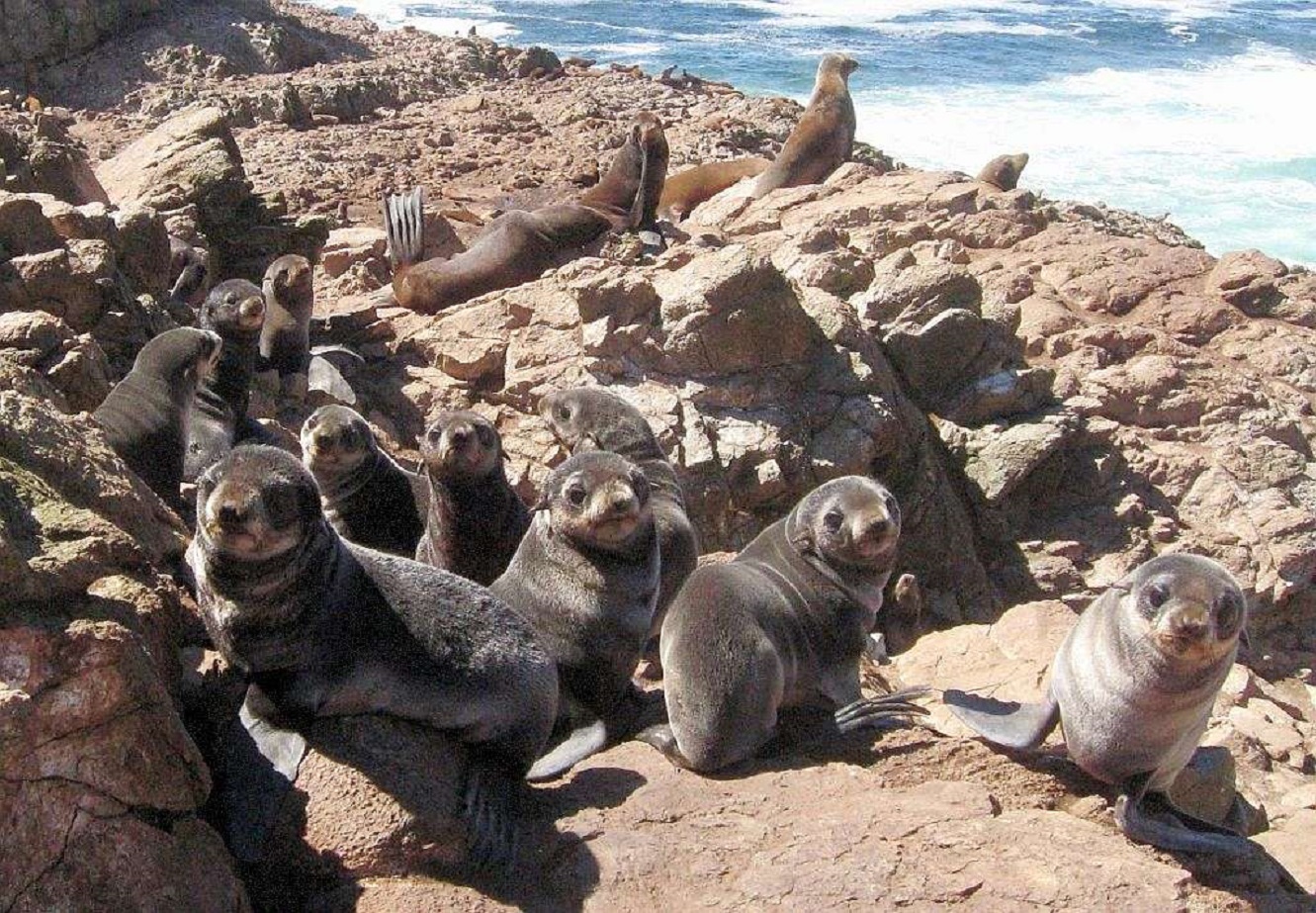 United States Fish and Wildlife Service, Picryl
United States Fish and Wildlife Service, Picryl
A Different Kind Of Gold
After the fur trade quietened down, people had no interest in the Farallon Islands. That is, until the days of the California Gold Rush. Food was scarce so people braved the harsh waters around the Farallon Islands, hoping they could harvest some eggs from the seabirds.
But they found far more than they bargained for.
Eggs, Eggs, And More Eggs
The Farallon Islands are still home to the largest the colony of nesting seabirds in the contiguous United States. During the Gold Rush, their eggs became a high-value commodity.
By the 1850s, egg-hunting companies were gathering 500,000 eggs each month.
 Unknown Author, Wikimedia Commons
Unknown Author, Wikimedia Commons
The Great Egg War
In 1863, rival egg-hunting companies clashed in a conflict that was called the Egg War. When two rival companies came to blows over territories, the dispute ended with men slain on each side.
Even with the bloodshed, the hunters continued to decimate the seabird population, just as they’d done with the seals, until the federal government forced all commercial eggers to leave the islands.
 ANDRANIK HAKOBYAN, Shutterstock
ANDRANIK HAKOBYAN, Shutterstock
Invasive Species
The egg hunters introduced a new species to the islands’ ecosystem: house mice. Coming from the hunters’ ships, the mice have become one of the islands’ biggest pests.
There are so many of them, that researchers can see the grass moving as they run through it.
A Tiny Community
The first lighthouse was built on the islands in 1855. It was the second lighthouse to ever be built on the West Coast.
To watch the lighthouse 24 hours a day, four keepers lived on the islands with their families. Two of the homes are still standing today.
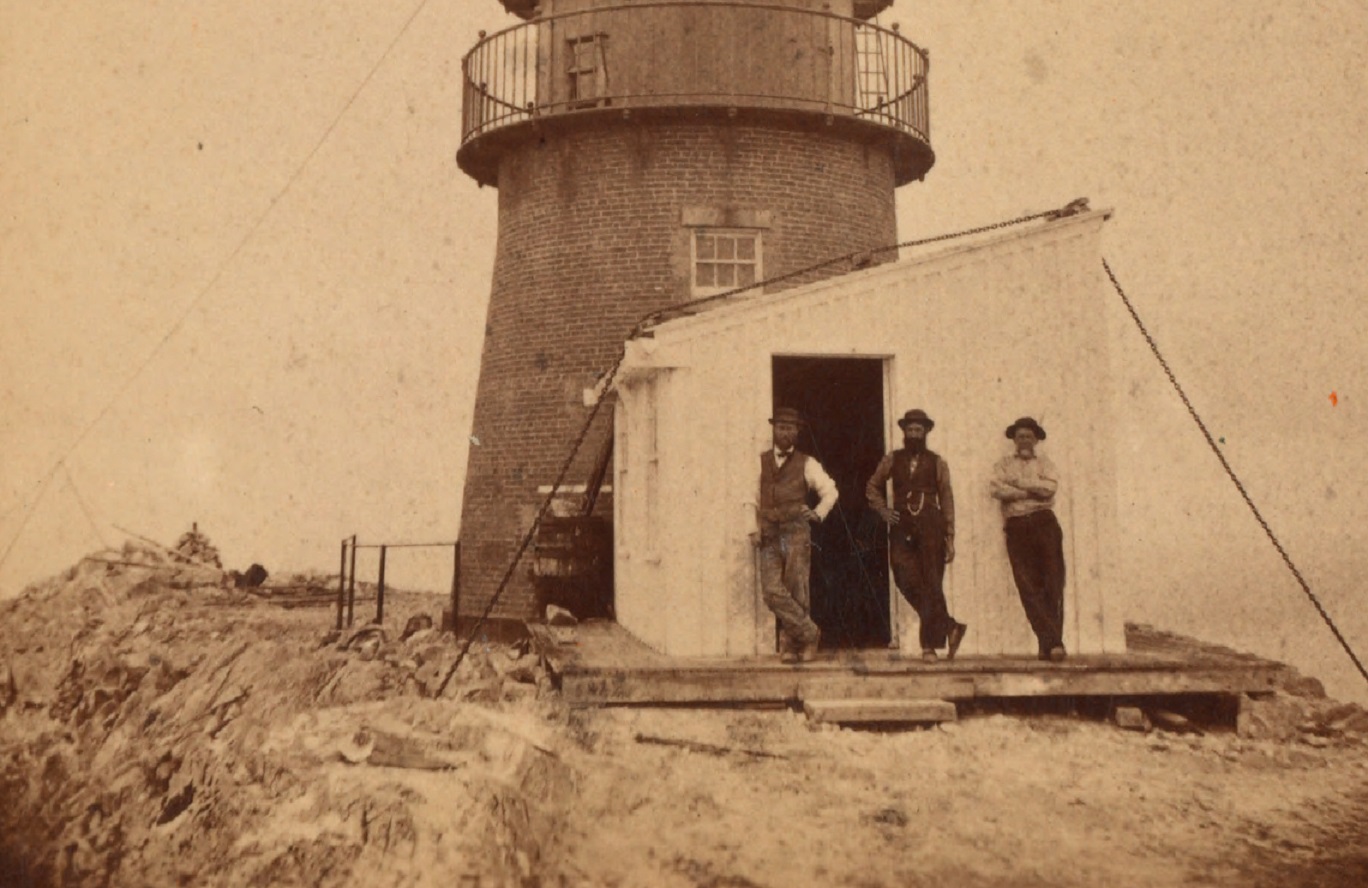 New York Public Library, Wikimedia Commons
New York Public Library, Wikimedia Commons
Danger Zone
From 1946 to 1970, the waters around the Farallon Islands were a dump site for radioactive waste. 47,500 55-gallon steel drums of waste were dumped near the islands.
Because it was mostly lab materials with traces of radioactive contamination, most of the radiation near the islands decayed by 1980.
The Army Moves In
During World War II, the United States Navy setup a high-frequency direction finding (HFDH) radio station on the island. The radios were capable of tracking merchant ships and Japanese warships on the far side of the world, in the Western Pacific Ocean.
 U.S. Navy (NARA), Wikimedia Commons
U.S. Navy (NARA), Wikimedia Commons
Who Lives There Now?
Now, only a group of researchers and scientists inhabit the islands, on Southeast Farallon Island. They live at one of the old homes that belonged to the lighthouse keepers and, for the last fifty years, have recorded the wildlife population trends on the islands.
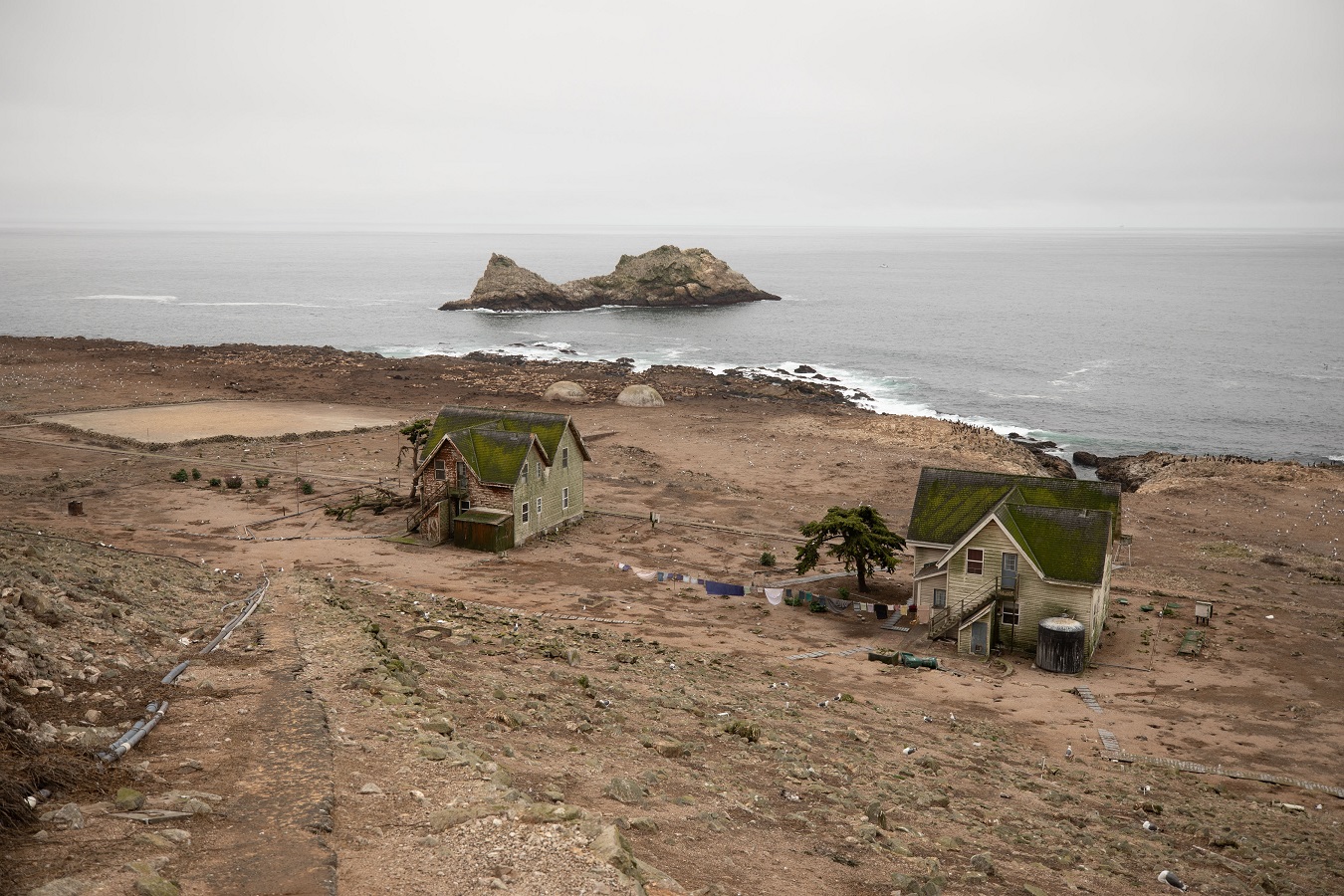 Brian Patrick Feulner, Shutterstock
Brian Patrick Feulner, Shutterstock
Can Tourists Visit The Islands?
People are not allowed to visit the Farallon Islands. In 1974, they were officially designated as a wildlife sanctuary, which is now called the Farallon Islands National Wildlife Refuge. The waters around the islands are also protected.
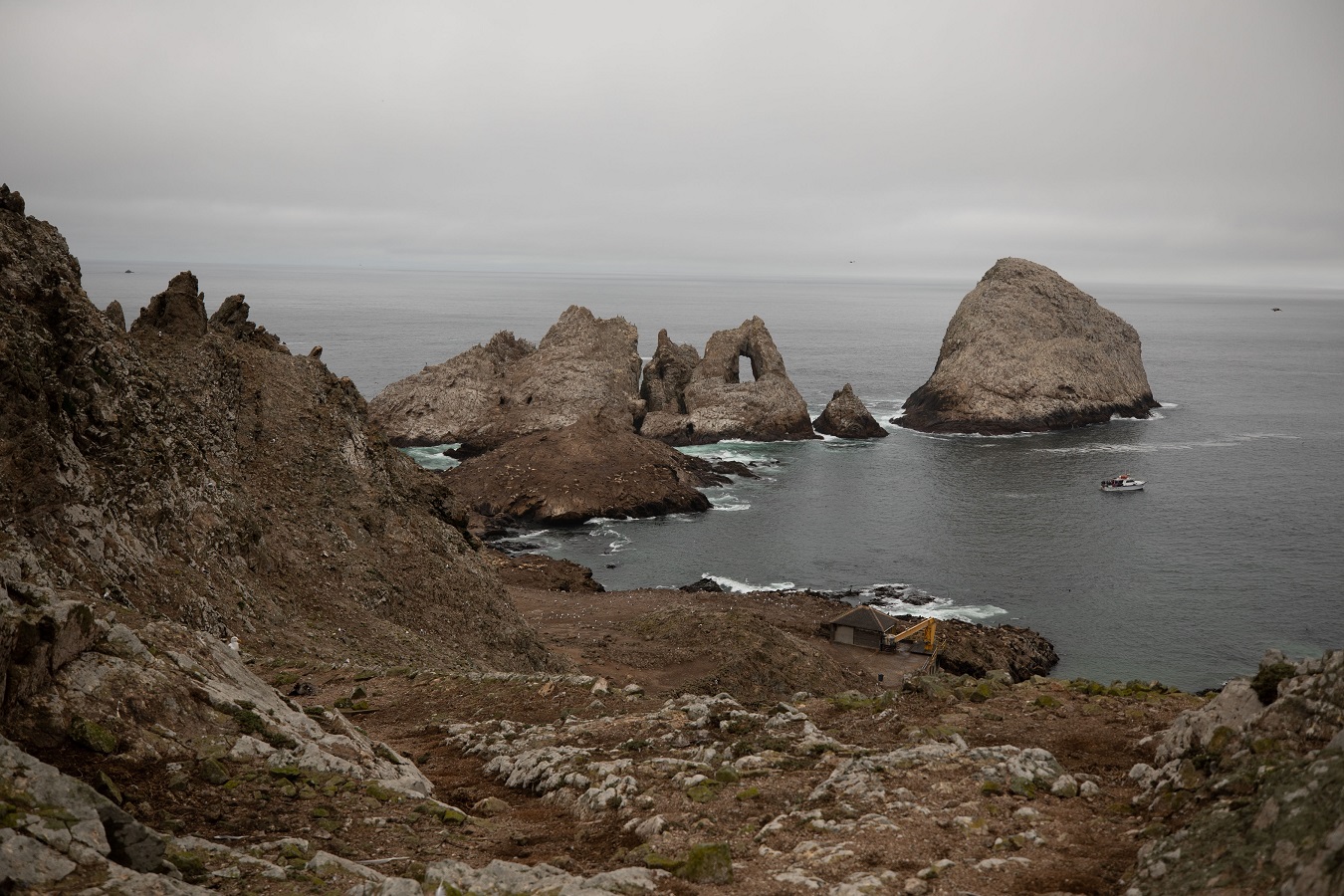 Brian Patrick Feulner, Shutterstock
Brian Patrick Feulner, Shutterstock
How To See The Islands
People who want to see the islands will have to take a boat tour and look from afar. If you want to actually explore one of the smaller islands, you can do so only with special permission from the government.
And even if you were granted permission, you’d need to take a zip line over a turbulent channel of water.
The Farallons Livestream
If you want close-up look at the Farallon Islands, you can tune into a live webcam hosted by the California Academy of Sciences. They stream from the lighthouse on Southeast Farallon Island.
In addition to cluing in curious tourists, the webcam also helps the researchers study the wildlife without disturbing them.
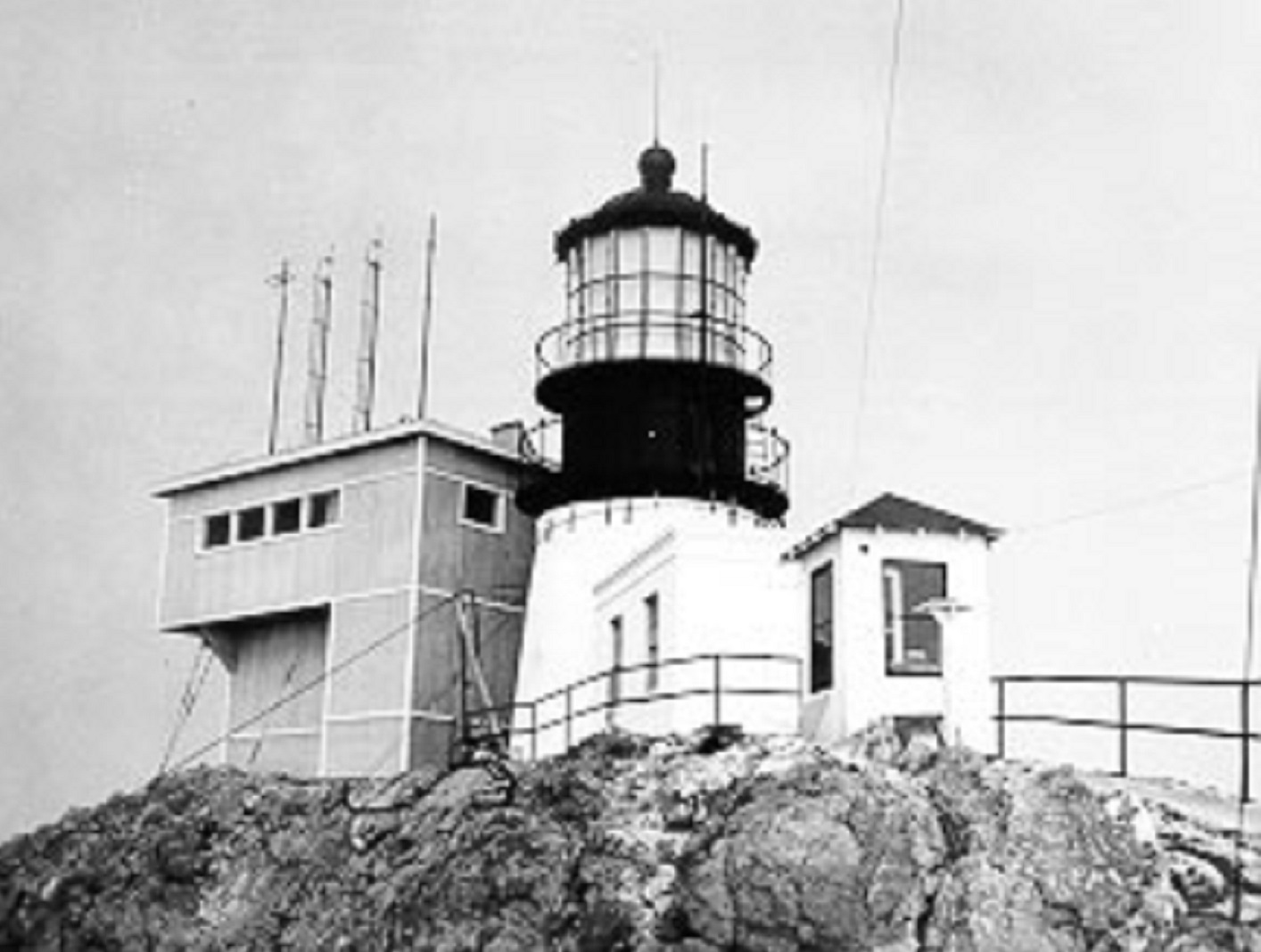 United States Coast Guard, Wikimedia Commons
United States Coast Guard, Wikimedia Commons
Final Thoughts
The Farallon Islands are one of the world’s most unique ecosystems. Their protected status as wildlife refuge has made them the perfect home for a diverse range of seabirds and marine animals.
Under the watchful eyes of scientists and kept off-limits to tourists, the islands will remain a mysterious, untouched haven for years to come.

